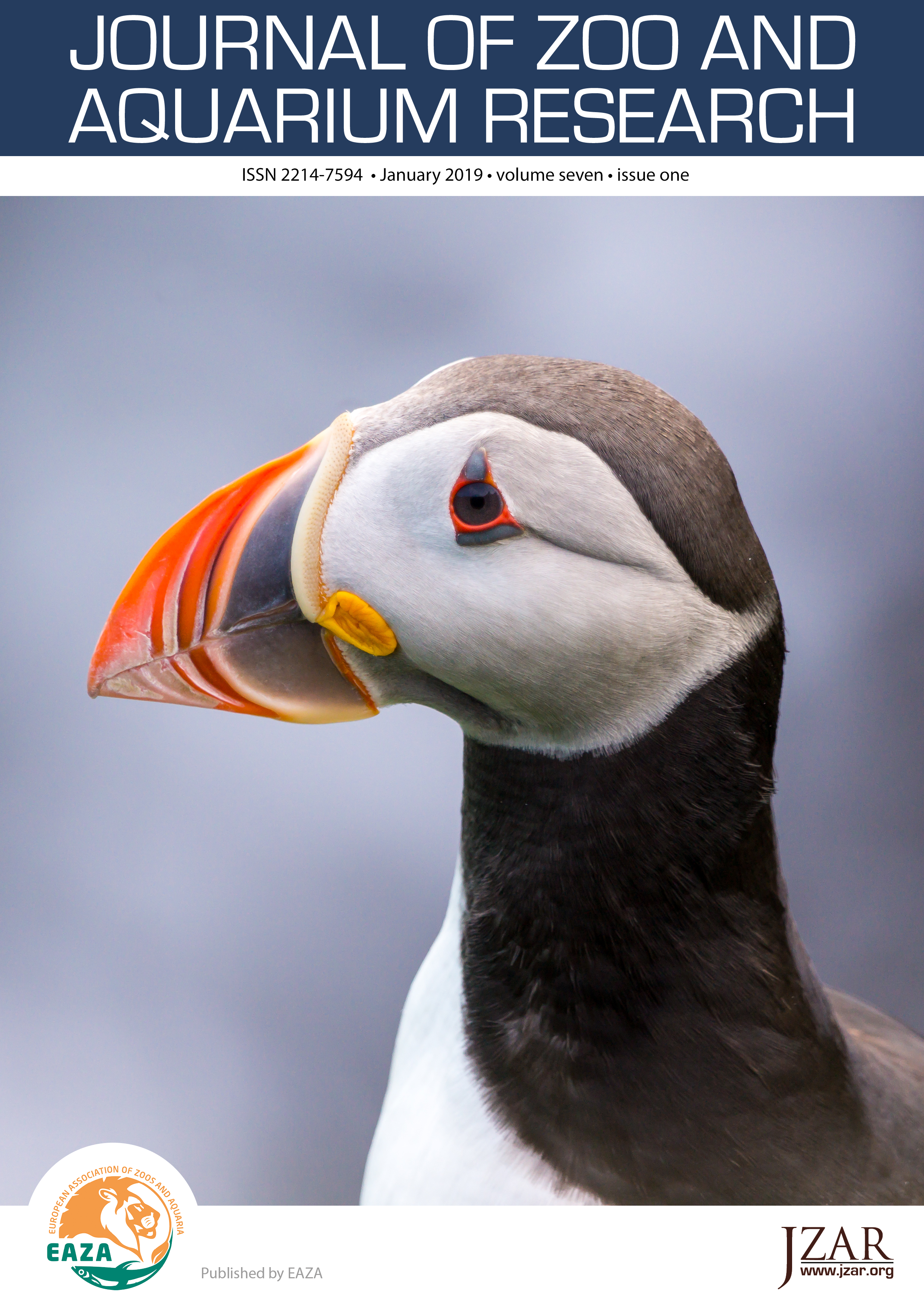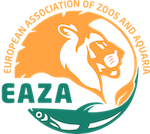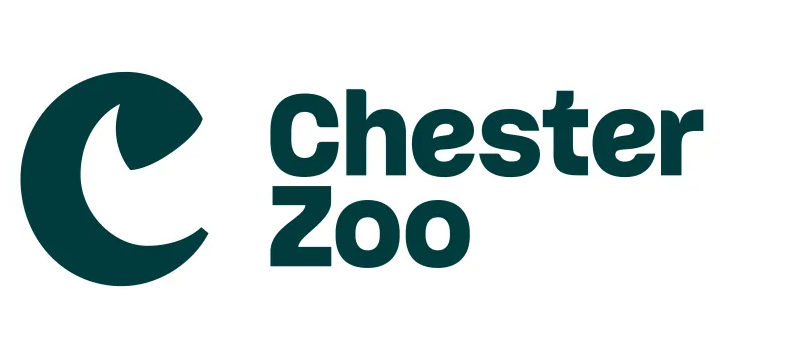Comparison of growth rates of hand-reared and mother-reared Sunda pangolin (Manis javanica) pups at the Night Safari (Singapore).
DOI:
https://doi.org/10.19227/jzar.v7i1.395Keywords:
milk, nutrition, myrmecophagy, rescueAbstract
The Sunda pangolin (Manis javanica) is a critically endangered myrmecophagous mammal, found throughout Southeast Asia. A rescue centre receiving custom’s seizures must be able to rehabilitate these animals. Unfortunately, gestating females tend to either abort or give birth during this period of stress, leaving rescue centres with new born pups, perhaps needing hand-rearing. The Night Safari (Singapore) has been caring for M. javanica since 2005 through rescue operations; however they officially became part of the animal collection in 2008. On two separate occasions, motherless pups have been brought to the rescue centre by officials, and had to be hand reared, both fed a feline milk replacer. The aim of this study was to compare the growth rates of hand-reared versus mother-reared pangolin pups. We regularly weighed the two hand-reared pups and the three mother-reared pups and compared growth rates using a linear regression model, and performed an analysis of covariance to determine if there was a significant difference between both rearing types. The hand-reared cubs had a significantly lower growth rate than mother reared cubs. The hand-reared cub’s growth rate showed a structural break at around day 60, where growth slowed significantly. Feline milk was nonetheless successful, but did not have an ideal growth rate. Other myrmecophagous milks become energetically denser, and the protein to fat ratio decreases throughout lactation. This could be trailed in future hand-rearing to compare growth rates.
Downloads
Published
How to Cite
Issue
Section
License
JZAR fulfils the DOAJ definition of open access and provides free and open access to the full text of all content without delay under a Creative Commons licence. The copyright holder of JZAR publications grants usage rights to third parties, allowing for immediate free access to the work and permitting any user to read, download, copy, distribute, print, search, or link to the full texts of articles.







